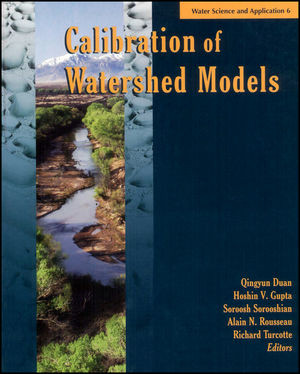

Most ebook files are in PDF format, so you can easily read them using various software such as Foxit Reader or directly on the Google Chrome browser.
Some ebook files are released by publishers in other formats such as .awz, .mobi, .epub, .fb2, etc. You may need to install specific software to read these formats on mobile/PC, such as Calibre.
Please read the tutorial at this link: https://ebookbell.com/faq
We offer FREE conversion to the popular formats you request; however, this may take some time. Therefore, right after payment, please email us, and we will try to provide the service as quickly as possible.
For some exceptional file formats or broken links (if any), please refrain from opening any disputes. Instead, email us first, and we will try to assist within a maximum of 6 hours.
EbookBell Team

4.4
32 reviewsPublished by the American Geophysical Union as part of the Water Science and Application Series.
During the past four decades, computer-based mathematical models of watershed hydrology have been widely used for a variety of applications including hydrologic forecasting, hydrologic design, and water resources management. These models are based on general mathematical descriptions of the watershed processes that transform natural forcing (e.g., rainfall over the landscape) into response (e.g., runoff in the rivers). The user of a watershed hydrology model must specify the model parameters before the model is able to properly simulate the watershed behavior.
Content: